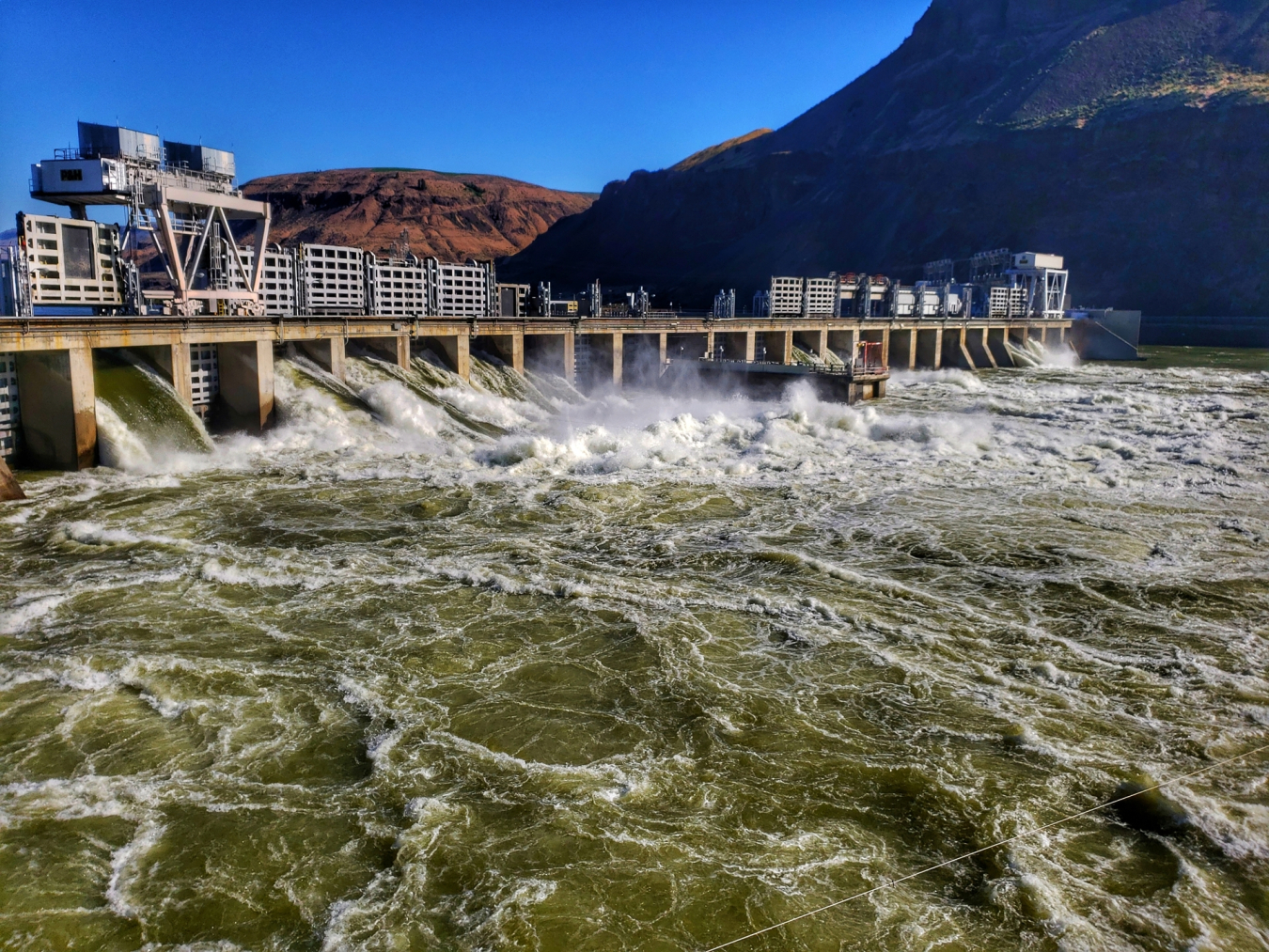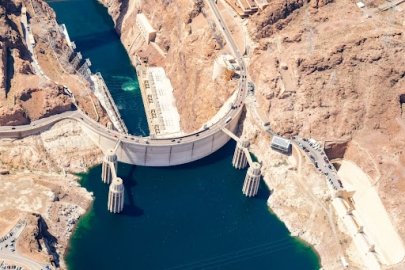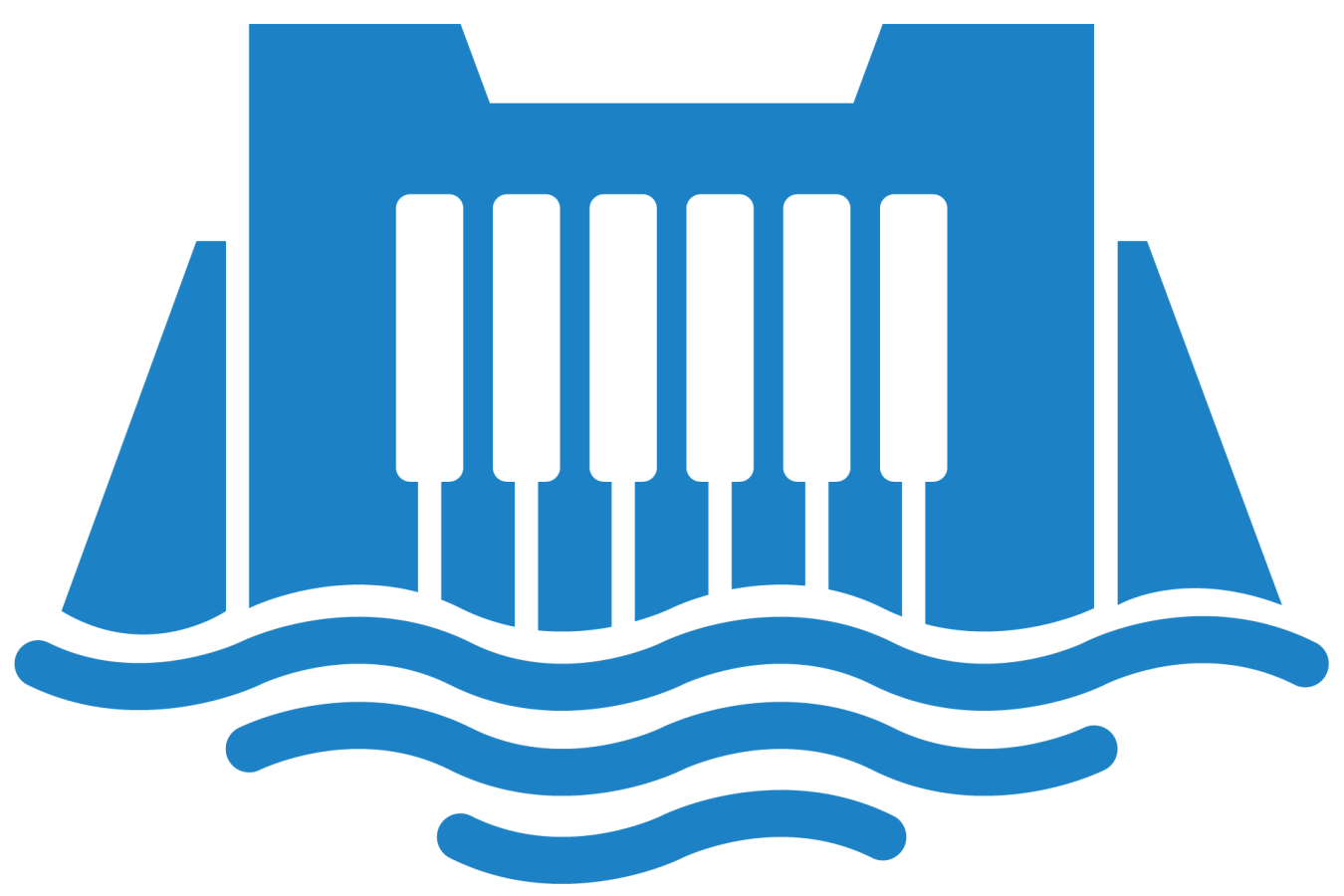An assessment found the U.S. hydropower supply chain effectively supports the existing fleet, but anticipated new construction and the need to refurbish, upgrade, and relicense facilities show a need to scale up domestic supply chain activities.
Water Power Technologies Office
March 1, 2023
As part of a series of supply chain assessments, Oak Ridge National Laboratory (ORNL) researchers assessed the U.S. hydropower supply chain and found that while the existing supply chain is mature and effectively supports the nation’s large hydropower fleet, anticipated new construction and the need to refurbish, upgrade, and relicense facilities point to the need to scale up domestic supply chain activities.
The Hydropower Supply Chain Deep Dive Assessment, published in response to President Biden’s Executive Order 14017, America’s Supply Chains, examined the U.S. hydropower supply chain to identify potential bottlenecks, challenges, and opportunities related to domestic capabilities. ORNL researchers analyzed hydropower workforce data and conducted interviews with equipment manufacturers, plant owners, operators, and consultants to understand the hydropower supply chain. The team identified common themes and trends from the interviews.

The report found that while the current supply chain effectively supports the existing fleet, it will need to scale up activities to meet anticipated industry growth due to a combination of increased refurbishments and upgrades—partly connected to the wave of relicensing expected to take place during the 2020s—and construction of the new hydropower and pump storage hydropower capacity needed to achieve clean energy goals. The report outlined a few key challenges the supply chain faces, including vulnerabilities related to securing large components with long lead times, managing global disruptions, and maintaining a well-trained workforce.
The report detailed concrete ways to bolster the supply chain. New construction and modernization of the existing fleet could drive expansion of domestic manufacturing, reshoring, and foreign direct investment in the U.S. hydropower supply chain. Reshoring manufacturing of critical components should also be a high priority to improve supply chain resilience and meet increased U.S. demand for domestically produced hydropower components.
Fleet Modernization, Maintenance, and Cybersecurity Projects
-
 A national laboratory-led project developed a one-dimensional hydropower digital twin that virtually represents the inner workings of a real hydropower plant.
A national laboratory-led project developed a one-dimensional hydropower digital twin that virtually represents the inner workings of a real hydropower plant. -
 The Cybersecurity Value-at-Risk Framework tool enables hydropower owners and operators to understand their individual plant’s cybersecurity risk and the best approach to mitigate those risks.
The Cybersecurity Value-at-Risk Framework tool enables hydropower owners and operators to understand their individual plant’s cybersecurity risk and the best approach to mitigate those risks.
WPTO's Hydropower e-newsletter features news on R&D and applied science to advance sustainable hydropower and pumped-storage technologies.
The WPTO e-newsletter brings funding opportunities, events, publications, hydropower, and marine energy updates directly to your inbox.


